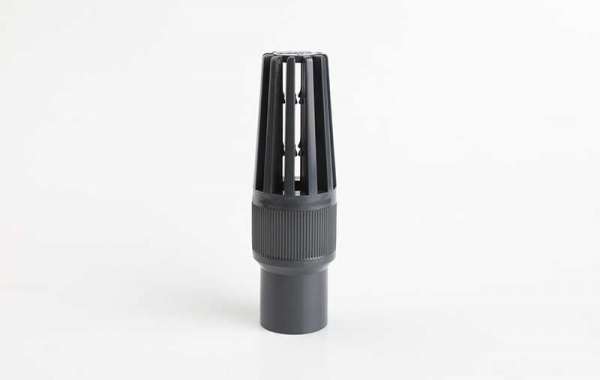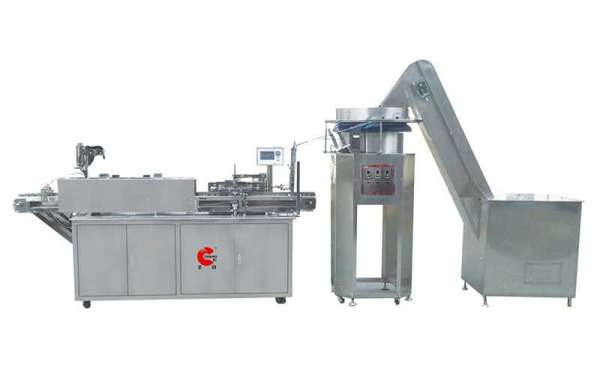Working with liquid in a piping system can be satisfying yet challenging. Problems can occur that make the job harder, such as leaks, freezing, contamination, and clogging. Unplugging a plastic ball valve can be difficult if the valve is cemented into the middle of a pipeline. If you use unions or even a true union plastic ball valve, cleaning out a plastic ball valve is as easy as cleaning the dishes!
If you need a clean, uncontaminated system for potable water or brewing systems, you will need to clean out any valves regularly. These valves can collect debris over time, so keep an eye on them! Plugged valves are extremely detrimental to any piping system. In this blog post we will cover how to clean out a plastic ball valve, from unclogging to disinfecting.
Types of Ball Valves
First, we will take a look at a few different types of ball valves. Some are easier to clean than others, with a variety of body types available.
One-Piece PVC Ball Valve
This is the most common type of PVC ball valve, with a one-piece body and a quarter-turn handle. These valves can be either threaded or socket. Threaded ball valves can be attached using pipe dope or teflon tape, which can be unscrewed. This makes maintenance straightforward, but make sure you shut off water flow before removing your valve. Ball valves with socket ends are more difficult, as they cannot be removed from the system.
True Union PVC Ball Valvehow to clean out a plastic ball valve true union
True union PVC ball valves (like the one shown on the right) are a more modern and efficient type of ball valve that have a removable body. This makes maintenance easy regardless of end type. They can usually be taken apart easily as well, with removable stems and seatings.
Metal Three-Piece Ball Valve
While we are focusing on PVC ball valves in this post, metal ball valves are also very common, especially for home brewing systems. These provide an extra level of purity that is hard to achieve with plastic ball valves. These are usually found in smaller sizes, from 1/2" to 2". For more information on how to clean these valves, read this helpful post.
Unclogging Ball Valves
The most obvious problem that occurs in ball valves is blockage. This is noticeable because it causes pressure drop further in the system. Blockage can be buildup of organic material, calcium buildup, or anything else that gets stuck inside valves. Cleaning out a PVC ball valve's clogs is easy as long as you can get close enough.
If you can disconnect your PVC ball valve from the pipeline, take it to a sink and run water through at as high pressure as possible. If this does not clear the blockage, use a small brush (like a toothbrush) and dish soap to loosen and push out the blockage. Use your brush and soap to scrub out any remaining bits of debris.
If you are unable to remove the valve from the pipeline, there are other ways of removing blockage. The most straightforward is by using a drain snake to dislodge debris clogging the pipeline. Another method is to use a liquid drain cleaner, but you must be careful not to use anything too harsh, as it could corrode the pipes. We recommend using an enzyme-based cleaner, which will clear blockage without being tough on the piping. Read this thread for discussion on what types of cleaners to use in PVC systems.
Cleaning plastic ball valve
Cleaning a plastic ball valve is a very important step in maintaining a piping system, especially one that requires high purity. Two examples of high purity applications are chemical processing and brewing. Regardless of application, you should clean out any plastic ball valve before installation, as they can collect dust during manufacturing and shipping.
We will focus on how to clean out a plastic ball valve when it has already been in operation, as that will cover pre-cleaning as well. As mentioned before, some valves are set in systems permanently while some are removable. Real cleaning is only possible when the ball valve is able to be taken out of the system. Otherwise, it is impossible to scrub out the interior of the valve and ensure that it is being disinfected fully.
The first step in cleaning out a PVC ball valve is to remove it from the pipeline. Usually this involves unscrewing the whole valve (when using a traditional PVC ball valve) or unscrewing the individual ends (when using a true union PVC ball valve). Next, take the ball valve apart as much as possible. This is usually easier with true union valves, as they usually allow the user to remove the ends, ball, and stem. The diagram below illustrates how to take apart a true union ball valve.
If you are interested in push fit fitting, welcome to your come and purchase!







